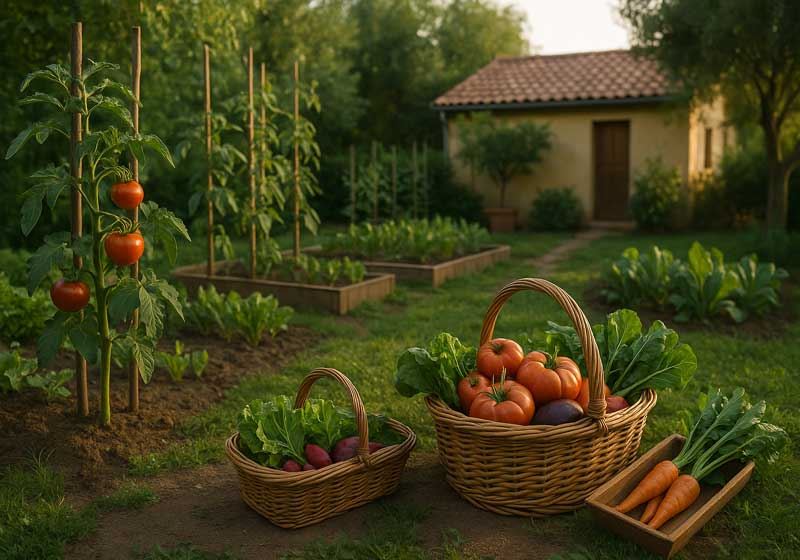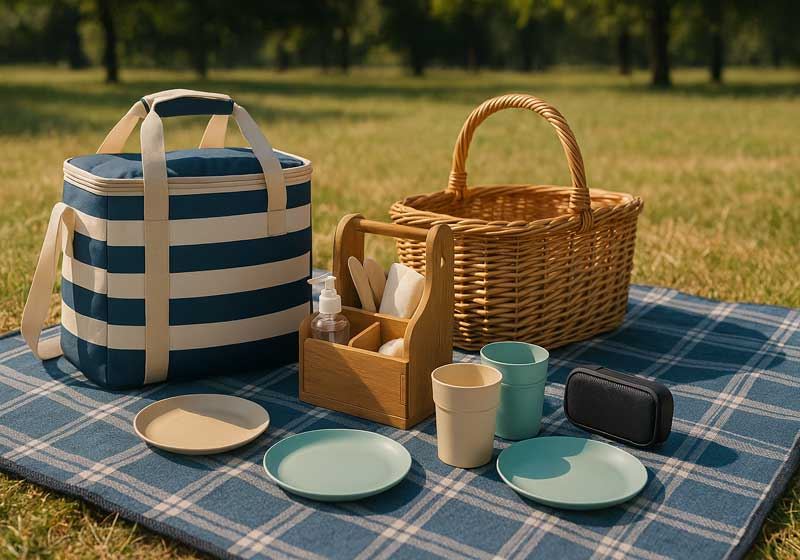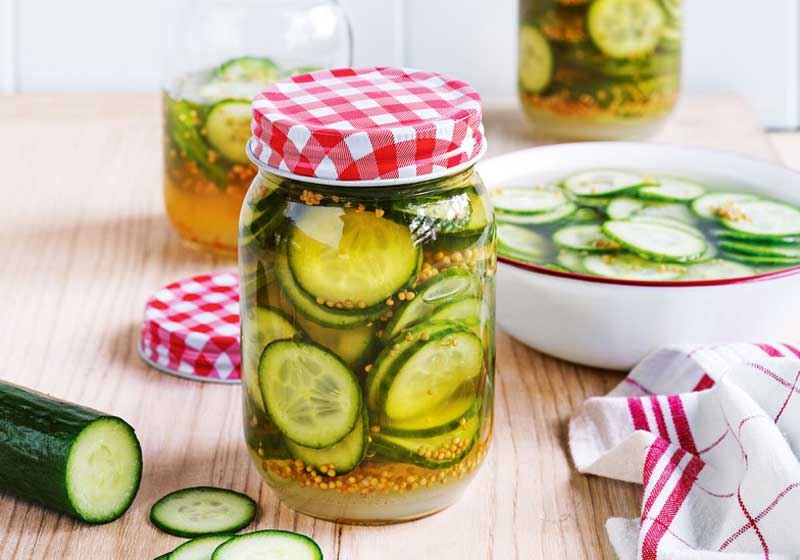With soft autumn breezes floating through the air and chocolate eggs infiltrating every corner of the local supermarket, you know that Easter is upon us.
Easter has both Christian and pagan roots. The most important festival in the Christian calendar, Easter celebrates Christ’s resurrection from the dead, three days after he was executed. This day also coincides with the vernal equinox, a day in the pagan calendar when the sun passes from the north of the equator to the south – always on a Sunday between March 22 and April 25. This year, Easter Sunday falls on March 27 with Good Friday preceding it on March 25.

So what do fluffy rabbits and foil-wrapped chocolate eggs have to do with Easter? The vernal equinox traditionally marks the first day of the Northern Hemisphere spring, a time of new life and rebirth. The bunny is a symbol of fertility (you know what they say about rabbits…) while the egg represents new life and rebirth as well as the empty tomb of Jesus. In the past, Christians would decorate chicken eggs with intricate patterns using dye but these days, chocolate eggs are more commonplace thanks to a nineteenth-century German invention.

Cheesecake filled chocolate Easter eggs from Sydney Baking Blog "Raspberri Cupcakes," made by Steph. You can find the recipe here.
There are many ways to make Easter this year a memorable one, including sharing a delicious home-cooked meal with your family. Traditional Easter foods vary between regions – for example, Eastern Europeans enjoy a brioche-like yeast cake called a babka while Neapolitans may indulge in pastiera, a sweet ricotta cake. For us southerners, Easter is the perfect time to take advantage of fresh seasonal autumn flavours such as sweetcorn, mushrooms and eggplant – visit our recipe section for inspiration.
If you prefer to enjoy Easter with family and friends without stepping into the kitchen, check out our What’s On section for the latest specials and events for Easter in your area.






